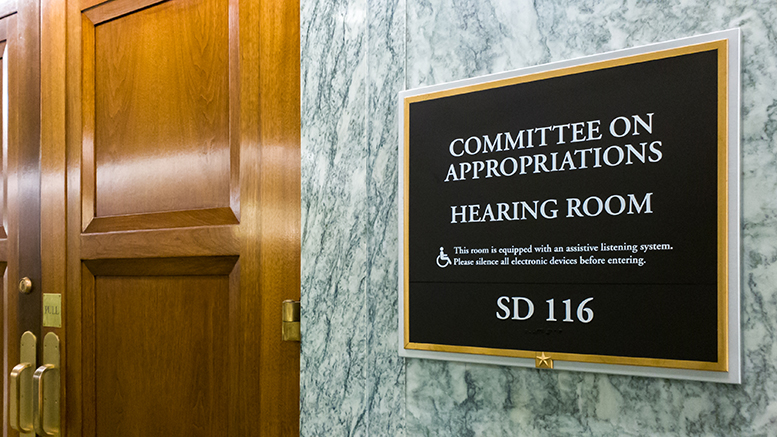Senate Appropriations Committee Chairman Patrick Leahy (D-Vermont) has released the nine fiscal year (FY) 22 appropriations bills that the committee has not yet considered. The bills do not have bipartisan support and serve mainly as a marker for Senate Democrats’ funding priorities.
Republican support will be needed to pass these bills in the Senate. The two parties have not yet agreed on top-line funding allocations, and Republicans insist that defense spending increase in the same proportion as domestic programs. Funding bills passed earlier this year by the House increased domestic spending by 16% and defense spending by only 2%.
The Senate Democrats’ bills also increase domestic programs by a greater amount, though the gap between them and defense is narrower than in the House (13% and 5% increases, respectively). At the end of the day, funding for education, workforce and other domestic programs is likely to be lower than in either the Senate Democratic or House appropriations bills.
The bills’ release is a clear indication that the Senate will not act on them. Instead, new allocations resulting from a bipartisan Senate agreement will guide the formation of final legislation. The federal government is currently operating under a continuing resolution (CR) that extends FY 21 funding levels until December 3. Congressional leaders hope to pass final appropriations legislation by that time, though it is likely at least one more CR will be needed to buy them more time.
The Senate Democrats’ Labor, HHS and Education (LHHS) appropriations bill, the most important for community colleges, contains $220.8 billion overall, about $17 billion less than the House LHHS bill. However, the separation between them is narrower than appears because the Senate Democrats more aggressively used a budget gambit that freed up an additional $10 billion, so the gap is closer to $7 billion. Both the House and Senate LHHS bills provide a significant increase over FY 21 spending.
Increases for Pell
The Senate bill would fund the U.S. Education Department (ED) at $98.4 billion, a hefty increase of about $25 billion over last year. The Senate bill generally provides generous increases to most higher education programs, but not quite as generous as those proposed by the Biden administration and contained in the House bill.
Like the House legislation, the Senate bill increases the Pell Grant maximum by $400 for award year 22-23. Should this come to pass, it would be the largest increase in the Pell Grant maximum in over 10 years, and might be even more if additional Pell increases are realized in the Build Back Better Act, the Democrats’ large social spending bill.
The Higher Education Act (HEA) Title III and V programs for minority-serving institutions are particular beneficiaries of the bill’s increased funding. The Title III-A Strengthening Institutions program, a longstanding priority for the American Association of Community Colleges (AACC0, also fares well. That program would increase by $78 million, to $187 million.
Other HEA programs, including TRIO and GEAR-UP, would receive substantial increases, though just a bit shy of what the administration proposed. One exception is the Child Care Access Means Parents in School program, which the Senate bill raises to $110 million, $15 million beyond what the administration proposed.
Differences in SCCTG funding
The Senate bill would allocate $13.8 billion to the U.S. Department of Labor (DOL), an increase of $1.3 billion over FY 21.
The legislation level-funds the Strengthening Community College Training Grants (SCCTG) program at $45 million. This creates one of the wider gaps between the Senate and House bill, which provided $105 million to SCCTG, reflective of the fact that House Appropriations Committee Chairwoman Rosa DeLauro (D-Connection) created and champions SCCTG. AACC will be advocating strongly for a final amount closer to the House bill.
Relatively modest increases are afforded to the Workforce Innovation and Opportunity grant programs, including the dislocated and adult worker funding streams. These increases were about half what the administration had recommended. Apprenticeship programs are also increased, but by less than the administration or House has proposed.





